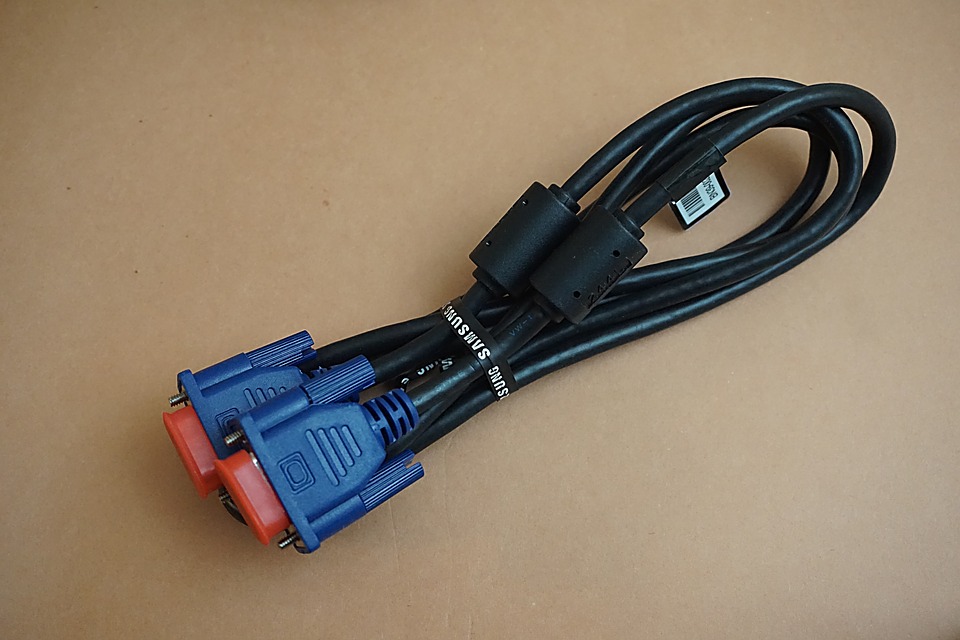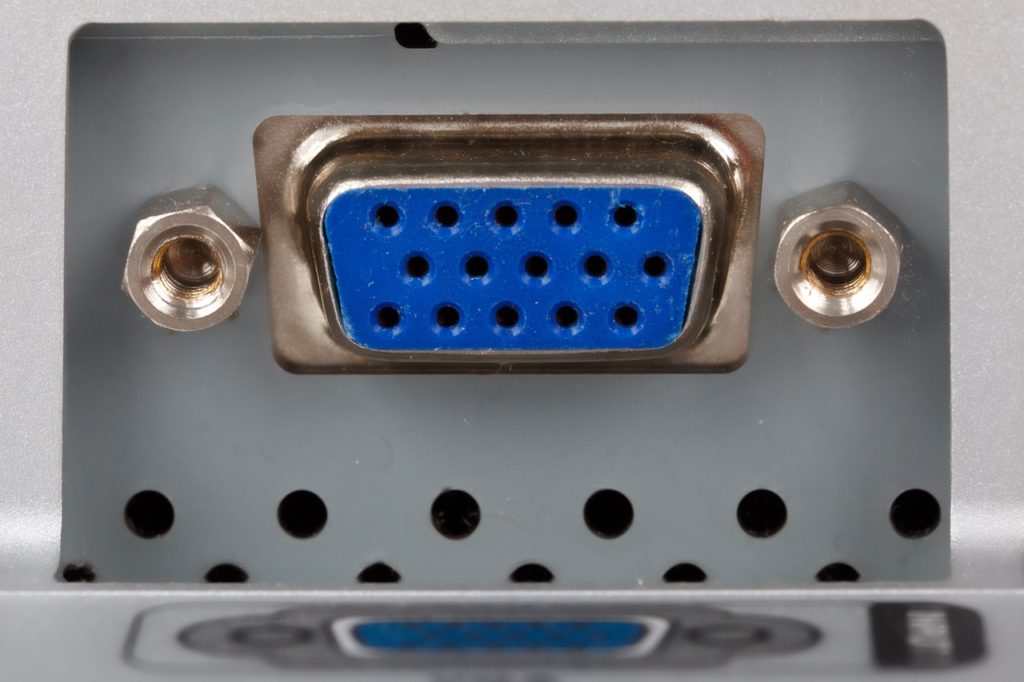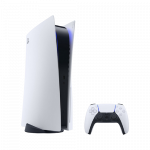If you want to connect your computer monitor to your computer, the best option is a VGA cable. VGA stands for Video Graphics Array and it’s one of the oldest types of cables still in use today.
Table of Contents
What is a VGA Cable?
A VGA cable is an analog video interface standard used for connecting personal computers and other devices to monitors and projectors. The 15-pin cable can transmit both video and audio signals, although most people use it for video only. It’s also worth noting that VGA cables are not compatible with digital displays such as DVI or HDMI.

This type of cable, also called an RGB or RCA cable, has three female connectors that are designed to carry video signals.
These cables were the most popular methods for computers with CRT monitors to connect to their displays until HDMI and DVI emerged as the mainstream options.
The connectors on this cable are soldered together and cannot be separated, unlike their competing counterparts.
If you want a high-quality connection between devices, then connecting them with a VGA cord may not be what you need but if all you want to do is connect a computer and a monitor then the VGA cable will suit your needs.
Initially, it’s important to understand what a VGA cord is before you can learn how they work. The video graphics array was introduced by IBM in 1987. It used another standard known as an RGBI cable with analog signals only. In order for computers of that era to use this technology, they required special monitors that were designed specifically for the signal type.
These types of cables typically have three rings on them instead of five data pins like DVI or HDMI cables have while some models may opt for RCA plugs instead.
How to Identify a VGA Cable Port
If you’ve ever looked at the back of a computer and seen a bunch of different colored ports, you may have been wondering what they all do. We’re going to be focusing on the VGA cable port. This port is important because it’s how you connect your computer to a monitor.
A VGA cable port is a physical interface used to connect a computer to a monitor or other display device. The port is typically located on the back of the computer, and it consists of a set of pins that mate with the corresponding connectors on the cable.

Here is how to identify a VGA cable port:
- The first step in identifying a VGA cable port is to look at the shape of the port. A VGA cable port will typically be rectangular and will have three rows of five pins in the middle of the port.
- The second step is to look at the coloring of the port. A VGA cable port will usually be blue in color.
- The third and optional step is to look for a label near the port that says “VGA.” If you see this label, then you can be sure that you’ve found a VGA cable port!
Do I Need VGA Cables if I Have HDMI?
No, there is no need for VGA cable if your computers already suport HDMI or DisplayPort.
A VGA cable is one of many different types of cables that can be used to connect devices. Connecting a computer and monitor with this type of cord will allow the user to use every feature that both devices have to offer while enjoying optimal picture quality.
The VGA standard has been around for quite some time so if you’re working on an older device, it may still support video signals through this method.
However, if your computer only supports newer technologies like HDMI or DVI then you’ll find very distinct differences between how they work compared to more traditional methods like the VGA cable.
One of the most significant considerations when choosing which cable to use is where each one falls in terms of the maximum resolution. VGA cables are typically used to carry an analog video signal, and they can support resolutions up to 1080p. However, they are not capable of carrying digital audio signals, so they are often used in conjunction with another cable, such as an HDMI or DisplayPort cable.
Most other types of video display cords are designed to transfer digital information so they offer compatibility with newer devices that have better resolutions or more features than older equipment.
These options also require less power so they conserve energy for both your device and monitor which will save you money on your electric bill compared to other options.




